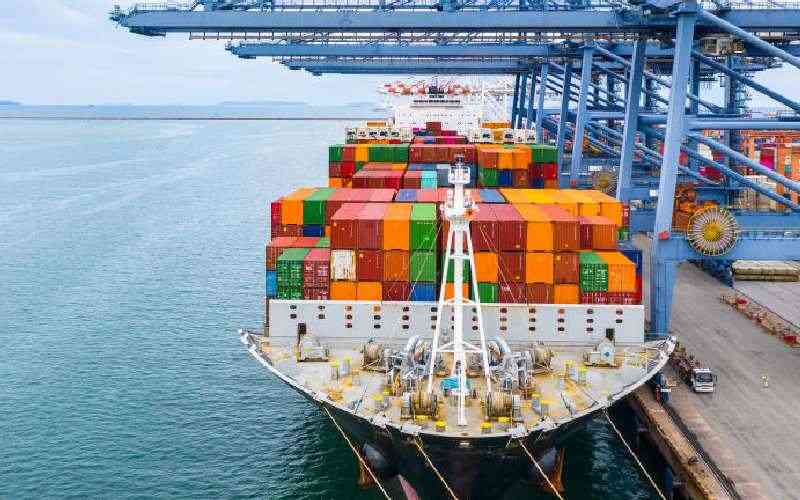×
The Standard e-Paper
Home To Bold Columnists

Sea transport was the main vehicle of international commerce for centuries and is still a popular mode of transportation due to factors such as high load capacity, low cost, and reliability in bad weather.
Sea freight transport is also a preferred solution for shipments across long distances.